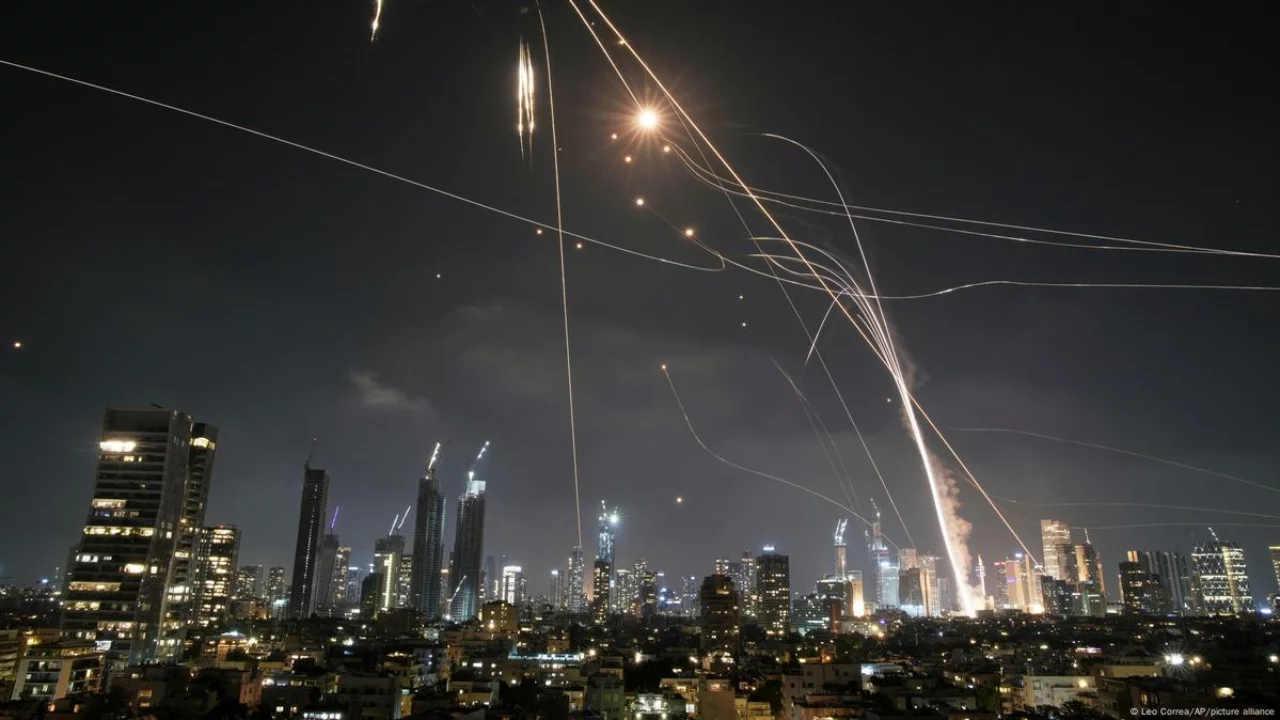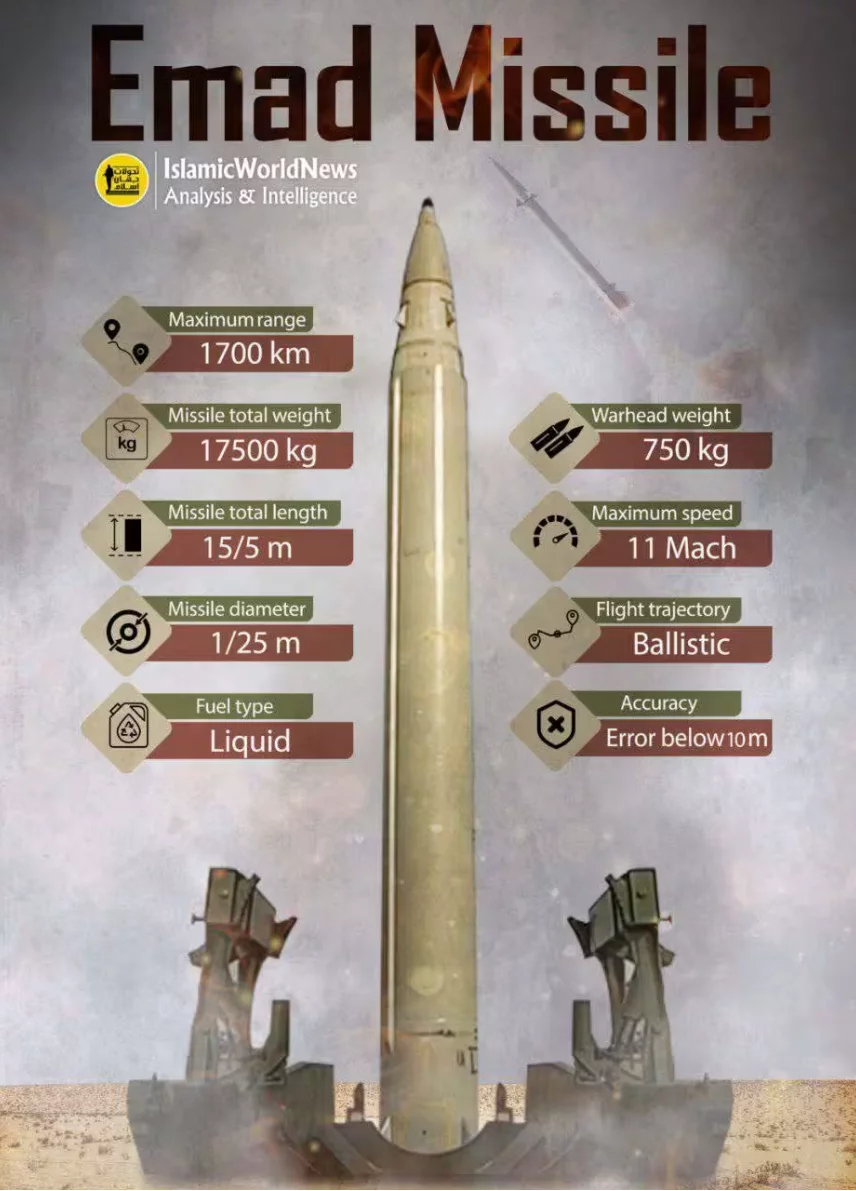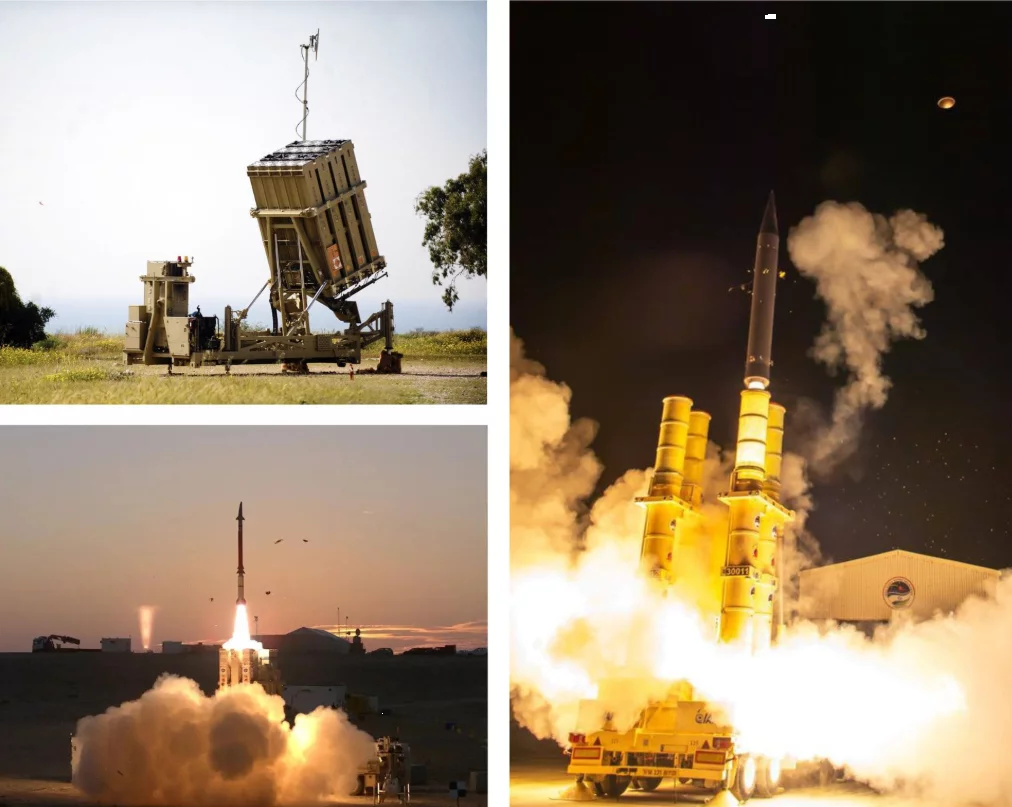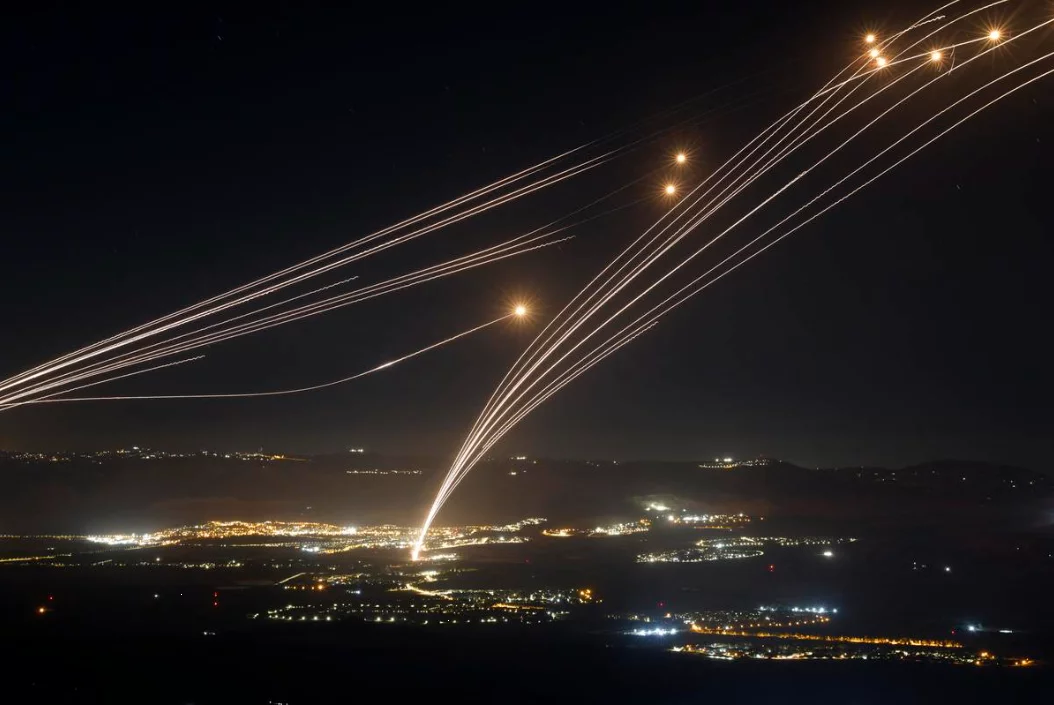
In recent weeks, the military confrontation in the Middle East, especially between Israel and Iran, has become the focus of international attention. In a process where the offensive and defensive capabilities of both states have been tested, the boundaries and possibilities of Israel’s air defense systems, which have long been proudly showcased as “invincible,” have come under serious scrutiny. Especially in light of Iran’s recent attacks using long-range and hypersonic missiles, one question has become more relevant: why has the world-famous “Iron Dome” system shown weakness against Iranian missiles?
Iran’s missile arsenal and its capabilities
It is well known that Iran has significantly developed its missile industry over the past decades, and today the country has dozens of types of missiles capable of reaching different distances. In the latest attacks, Tehran used hypersonic and ballistic missiles capable of striking Israel’s major cities such as Tel Aviv and Haifa with maximum speed and precision. Missiles such as “Emad”, “Qadr”, and “Kheibar Shekan” stand out not only for their range, but also for their accuracy and impact power.

“Emad” missile
Photo: IslamicWorldNews
The “Emad” ballistic missile, produced by Iran in 2015, can fly up to 1,700 km and hit a target with an accuracy of up to 10 meters. This missile can be equipped with a nuclear or other heavy warhead, and its nose is specially conical, which enables the warhead to detonate in the air. This allows for more effective delivery of threats such as chemical or electromagnetic pulse.
In addition, “Qadr” missiles can fly up to 1,600–2,000 km and carry an explosive weighing 650–1,000 kg. These missiles are produced in several versions, each capable of hitting targets at specific ranges. For example, “Qadr C”, “Qadr H” and “Qadr F” differ in their flight distances.
One of the most advanced is “Kheibar Shekan”, introduced in 2022, which operates on solid fuel and can strike directly at a range of up to 1,450 km. Its accuracy is 30–40 meters and it can carry a 550 kg warhead. The “Kheibar Shekan” missile has demonstrated itself as a hypersonic device capable of changing its trajectory multiple times during flight.
Israel’s multi-layered defense system
Israel’s military industry is considered one of the most technologically advanced in the world, investing heavily in air defense systems, modern scientific developments, and years of experience. Israel’s defense system consists of several layers, among which Arrow, David’s Sling, and Iron Dome systems are of particular importance.

“Iron Dome”, “Arrow” and “David’s Sling”
— The Arrow system is specially designed against long-range, ballistic, and hypersonic missiles. Each missile in this system costs several million dollars, and its main task is to shoot down enemy missiles outside the atmosphere, at high altitudes.
— David’s Sling works effectively against tactical missiles, drones, cruise missiles, and even enemy aircraft at ranges of 40–300 km. This system has been in operation since 2017 and is designed to destroy missiles launched from medium and long distances.
— Iron Dome is designed to intercept short-range missiles and artillery shells and operates within a range of 4 to 70 km. This system has proven highly effective in protecting the population and key infrastructure from missiles and shells fired from nearby areas.
Why can’t “Iron Dome” counter Iranian missiles?
The main question for the world community is: why has such a famous system as “Iron Dome” proved ineffective against hypersonic and ballistic missiles? The answer lies in its technical characteristics. Iron Dome was developed mainly to intercept short-range rockets and artillery shells. It is not intended to counter weapons with high speed and long range, such as ballistic or hypersonic missiles.

“Iron Dome” in operation
Photo: thenightly.com
In addition, in recent attacks, Iran used a device called a “glider,” which allows the missile to change its trajectory several times after launch, confusing Israel’s defense systems. For this reason, although systems like Arrow and David’s Sling managed to intercept many missiles in the atmosphere, some missiles still reached their targets, and there were casualties.
One of the well-known military analysts, Sergey Migdal, noted that Iranian ballistic missiles go outside the atmosphere and then fall down at high speed due to kinetic energy, and Iron Dome cannot intercept such weapons. Only Arrow and the American-made THAAD systems can counter such threats. According to Migdal, if these systems did not exist, Israel’s central cities could have suffered much greater destruction.
The spokesperson of the Israel Defense Forces, Anna Ukolova, also commented on the subject: “Our country’s airspace is protected by a multi-layered defense system, but no system can provide 100% guarantee. Israel’s military industry is constantly being updated against Iranian weapons, but no defense system can be equally effective against all modern threats.”
Current situation and prospects
In the latest attacks, 24 people were officially reported dead and 640 injured in Israel. Iran continues to develop its missile arsenal, producing various types of ballistic missiles with ranges from 1,500 to 2,000 km. Among them are hypersonic models such as “Fattah-2”, whose speed and maneuverability are a serious test for Israel’s defense systems.
Currently, even Israel’s most advanced air defense systems face serious technical, material, and time pressure in confronting modern ballistic and hypersonic missiles. That is, every system is being tested, and modern threats are increasing day by day. For this reason, in the future, Israel and other states will be forced to develop even more powerful and intelligent defense mechanisms in the face of these threats.
Conclusion
This confrontation between Israel and Iran is not only a lesson for regional security, but also a source of analysis for the development of global military technologies. The Iron Dome and other systems will continue to improve, but today’s modern missiles and hypersonic weapons remain a serious test for any defense mechanism. Read “Zamin” on Telegram!
Ctrl
Enter
Found a mistake?
Select the phrase and press Ctrl+Enter Related news
Information
Users of Меҳмон are not allowed to comment this publication.
Users of Меҳмон are not allowed to comment this publication.














